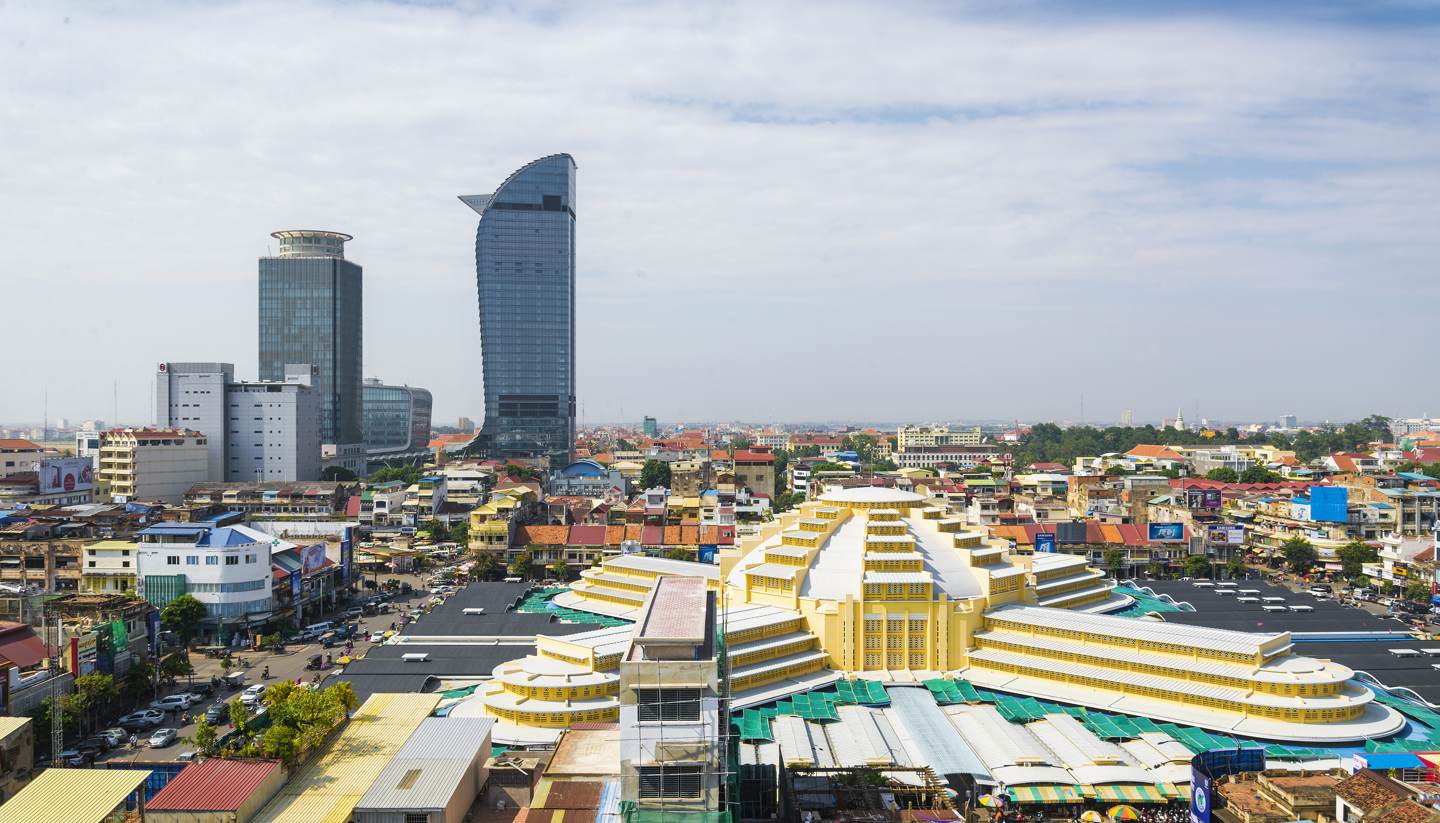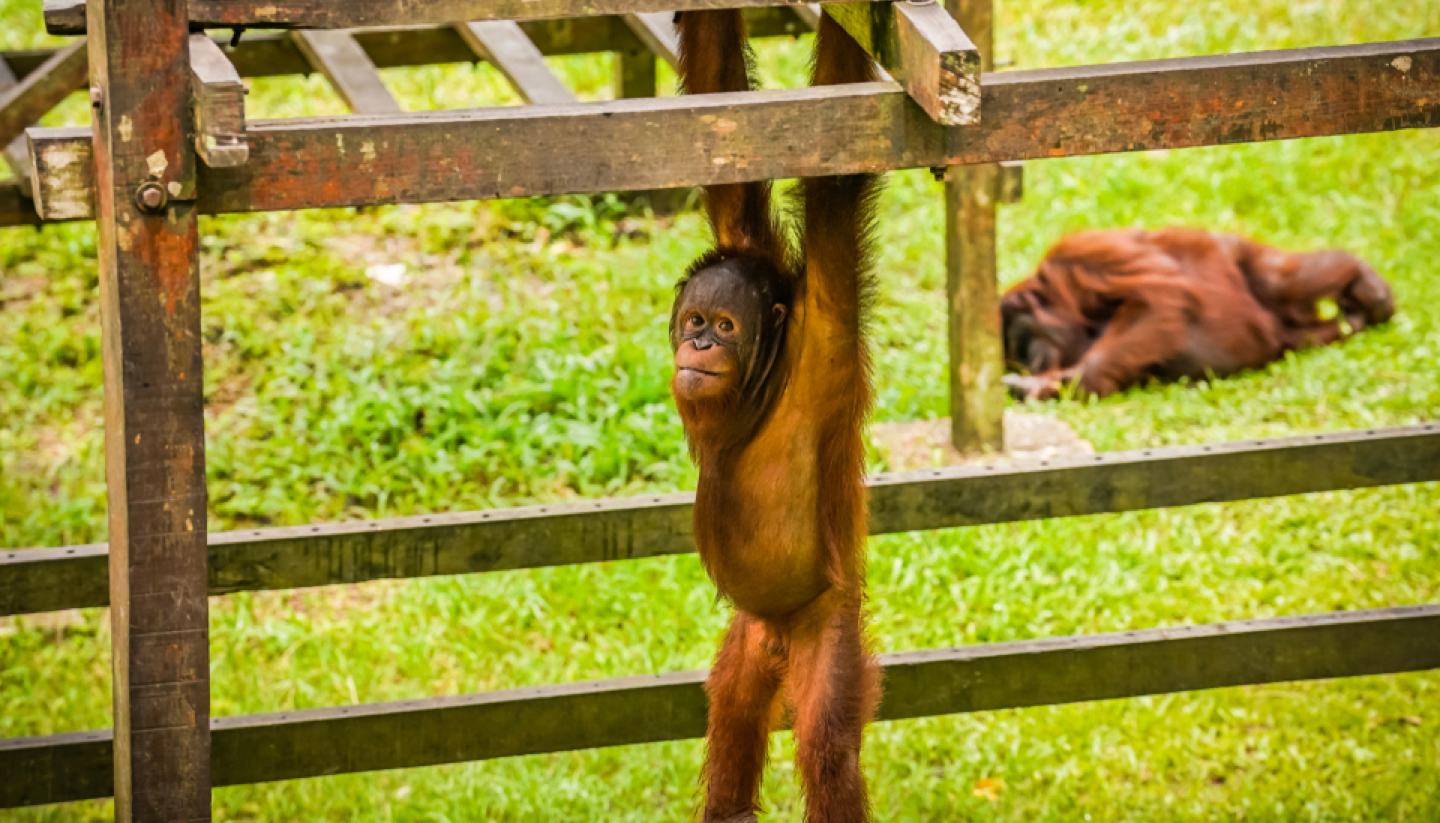Cambodia Food and Drink
Cambodian cuisine is based on rice, fresh herbs, vegetables and fish, with flavours that are generally mild and balanced rather than spicy. Meals are often shared, and eating out is affordable and widely accessible, from street stalls to restaurants catering to international visitors. In cities and tourist areas, food hygiene standards are generally good, but visitors should still choose busy, reputable establishments.
Tap water is not safe to drink, and visitors should use bottled or filtered water for drinking and brushing teeth. Ice is usually safe in hotels and established restaurants, but caution is advised in smaller eateries. Fresh fruit that can be peeled is generally safe, and Cambodian food tends to be less oily than some neighbouring cuisines, making it easy to eat regularly while travelling.
Specialities
Amok: A traditional dish of fish or chicken cooked in coconut milk with spices and herbs, steamed in banana leaves.
Bai sach chrouk: Grilled pork served with rice, pickled vegetables and broth, commonly eaten for breakfast.
Lok lak: Stir-fried beef served with rice, salad and a tangy pepper and lime dipping sauce.
Nom banh chok: Rice noodles topped with a light fish-based curry sauce, herbs and vegetables, often sold by street vendors.
Kuy teav: A clear noodle soup with pork or beef, typically eaten in the morning.
Prahok: A strong fermented fish paste used as a seasoning in many traditional dishes.
Angkor Beer: Cambodia's most popular beer, light and easy-drinking.
Cambodia Beer: A locally produced lager, commonly available in restaurants and bars.
Sugar palm juice: A sweet, refreshing drink made from the sap of palm trees.
Fresh fruit shakes: Blended drinks made from mango, banana, pineapple or avocado, widely sold at stalls and cafés.
Rice wine: A locally made spirit, sometimes infused with herbs or fruits and commonly found in rural areas.
Tipping
Tipping is not obligatory in Cambodia but is appreciated, particularly in tourist areas. In restaurants, rounding up the bill or leaving a small tip (10%) for good service is common practice.
Drinking age
There is no strictly enforced legal minimum drinking age in Cambodia.
Alcohol is widely available in bars, restaurants and shops, particularly in tourist areas.



